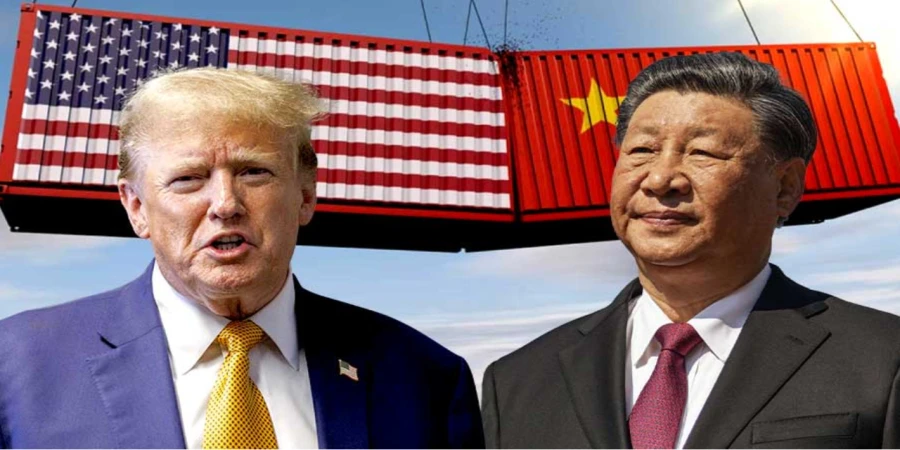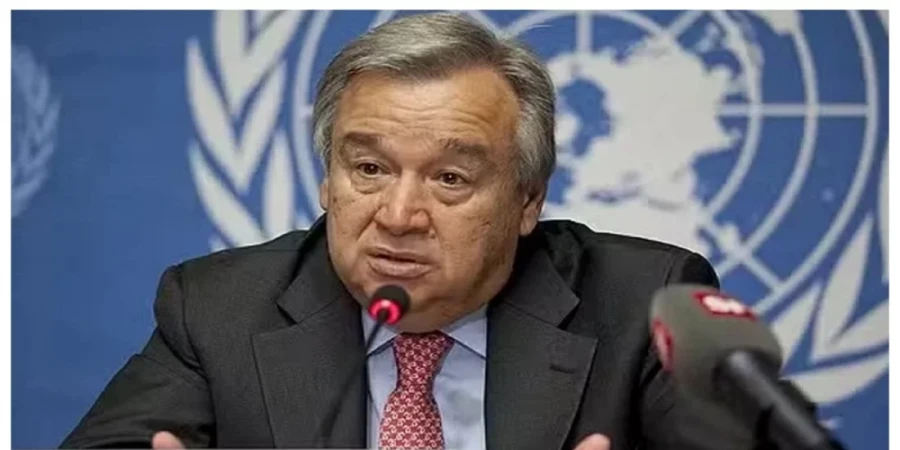
ছবি: Photo: Collected
In a significant development following months of escalating trade tensions, the United States and China have agreed to a 90-day truce in their ongoing tariff conflict. U.S. President Donald Trump and Chinese President Xi Jinping reached the agreement during a high-level bilateral meeting held in Switzerland on Monday. The decision marks a temporary de-escalation in the trade war that has disrupted global markets and strained economic relations between the world’s two largest economies.
According to a report by the BBC, both sides have committed to reducing existing tariffs over the next three months. Under the agreement, China will lower its tariffs on American goods from 125 percent to 10 percent, while the United States will reduce its tariffs on Chinese imports from 145 percent to 30 percent. This significant reduction is set to take effect on May 14 and will remain in place for a 90-day period.
U.S. Treasury Secretary Scott Bessent confirmed the details of the agreement, noting that both nations have agreed to an average reduction of 115 percent in tariffs imposed on each other's goods. He emphasized that this truce reflects a shared desire to avoid economic isolation and further disruption. Bessent stated that the previously imposed tariffs had created a near-blockade in bilateral trade flows, something neither side ultimately wanted to continue.
The trade war, which intensified during the Trump administration, had led to a sharp decline in shipments of Chinese goods to U.S. ports. On the Chinese side, economic slowdowns were reported, with factory output falling and widespread layoffs affecting the manufacturing sector. Analysts have viewed the tariff war as a damaging standoff that hurt not only bilateral trade but also the broader global supply chain.
Following the announcement of the tariff reduction, global financial markets responded swiftly. The Hang Seng Index in Hong Kong jumped by 3 percent, and major indices in the United States and Europe also saw noticeable gains. In contrast, gold prices—often seen as a safe-haven asset during times of market volatility—fell by 3 percent, reflecting renewed investor confidence.
In a joint statement, the United States and China revealed plans to establish a permanent mechanism for ongoing dialogue and economic cooperation. This new framework will be led by Treasury Secretary Scott Bessent and Chinese Vice Premier He Lifeng. The mechanism aims to provide a structured platform for resolving future trade issues and maintaining open lines of communication between the two countries.
China’s Ministry of Commerce described the agreement as a “major step forward” in addressing mutual concerns and building a relationship based on cooperation and mutual respect. Officials emphasized that the move would help stabilize global markets and provide a clearer path for long-term engagement between the two countries.
Although the 90-day agreement is temporary, analysts suggest it may serve as a foundation for more permanent resolutions to ongoing trade disputes. With the creation of a formal dialogue mechanism and clear intent to cooperate, there is cautious optimism that both sides will pursue more sustainable economic policies moving forward.
The broader global community has welcomed the truce, particularly nations heavily impacted by disruptions in U.S.-China trade. As both countries take a step back from further economic confrontation, attention will now shift to whether they can use this window to negotiate a more comprehensive agreement that avoids future volatility.
As the effects of the tariff truce begin to unfold, businesses and investors around the world are expected to monitor developments closely, hoping that this ceasefire leads to longer-term stability in international trade dynamics.
repoter






